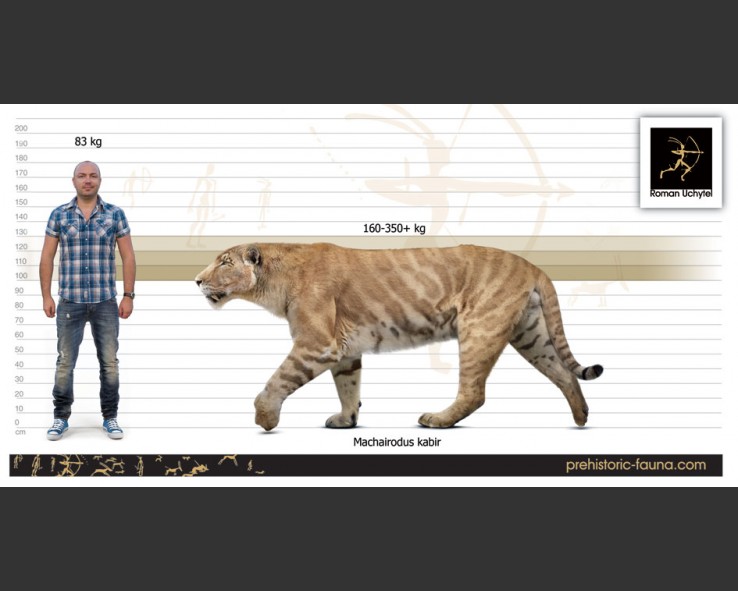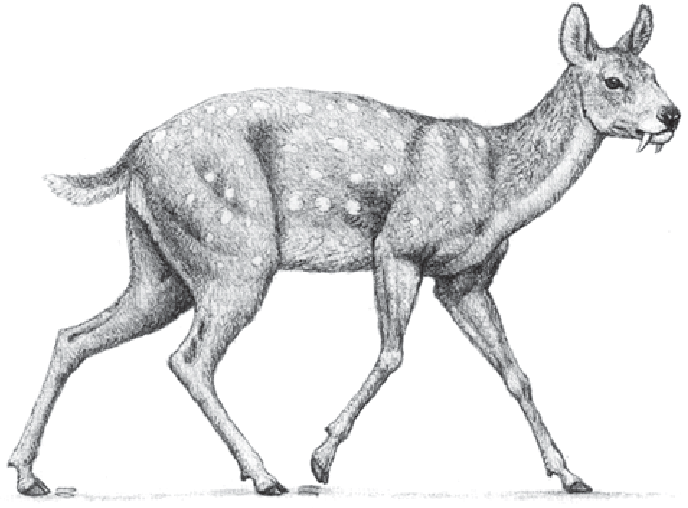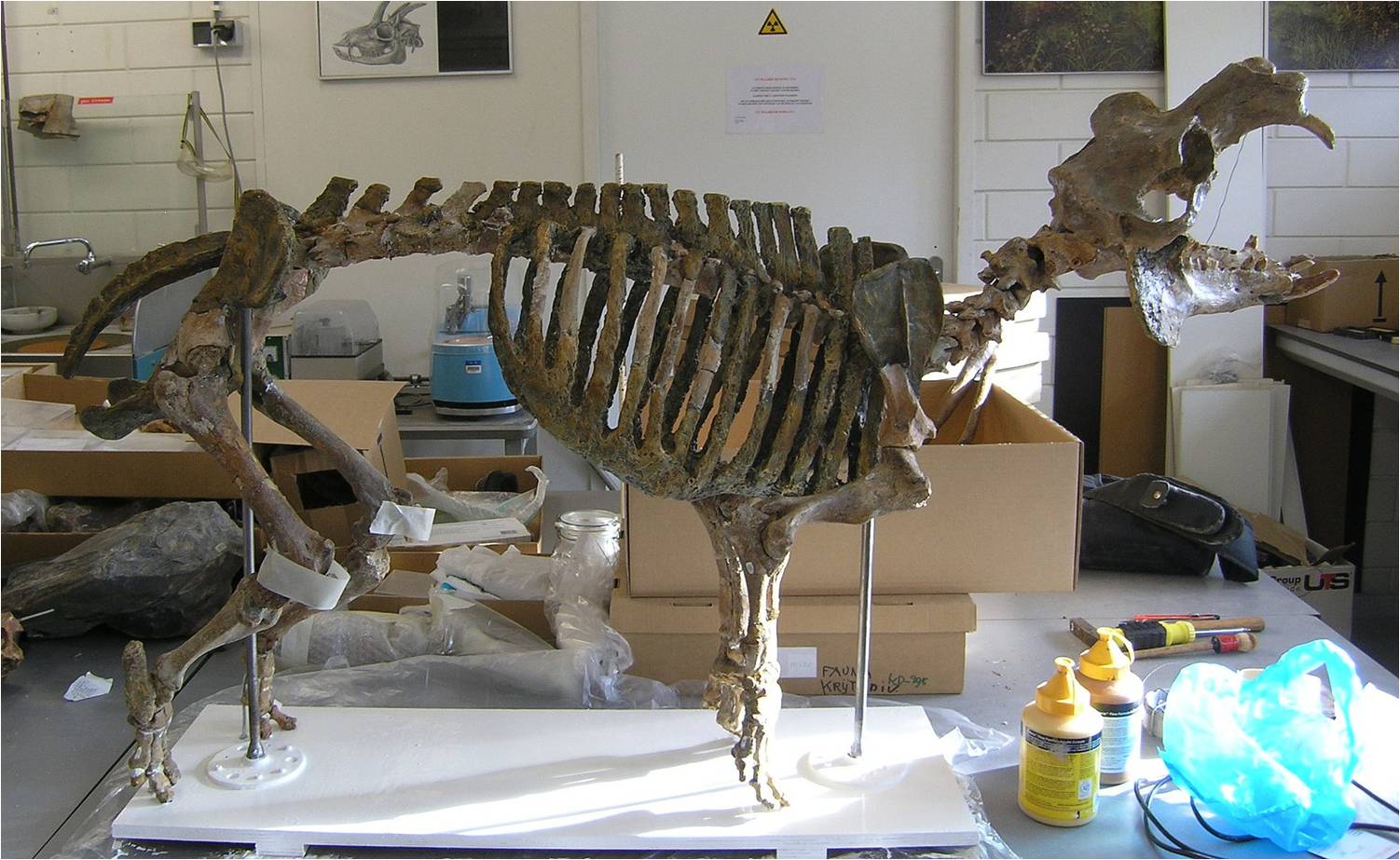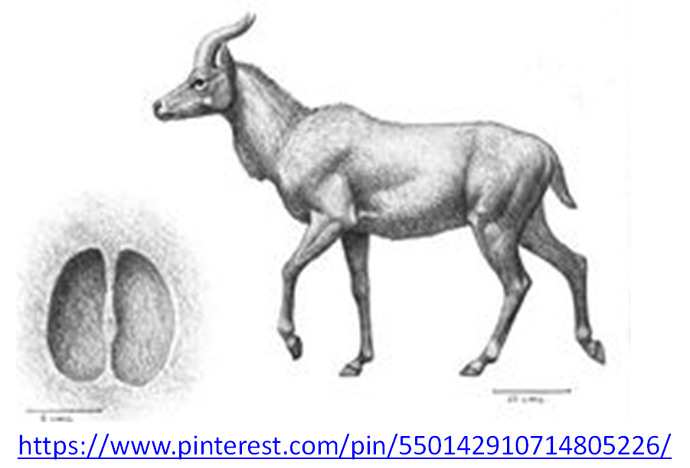While I am working on a couple of things, I thought I would show some of the wildlife that lived on the bottom of the Mediterranean sea when it was dry. I do this so that people won’t think that there is no way anything could have lived there. These are reconstructions from fossils, so exact coloration is not to be obtained but that doesn’t mean the animals were here. All of these were found in Messinian sediments. Some of those sediments have been uplifted above sealevel bringing their fossils with them so they could be found.
First Myotragus–a goat. The only way this goat could have made it to this island was to have walked across the dry basin and then by luck, was above sea level when the flood came. Now, they could have retreated up the mountain as the waters rose, numerical modeling says the waters rose in the basin around 7 m per day. This is a model and different assumptions would change that number, but it gives an idea of how herds could retreat up-slope day after day while the basin filled with water. While they only survived on Mallorca they would likely have been widespread during the Messinian Salinity Crisis–I will discuss him later.

Early elephant called Gomphotherium
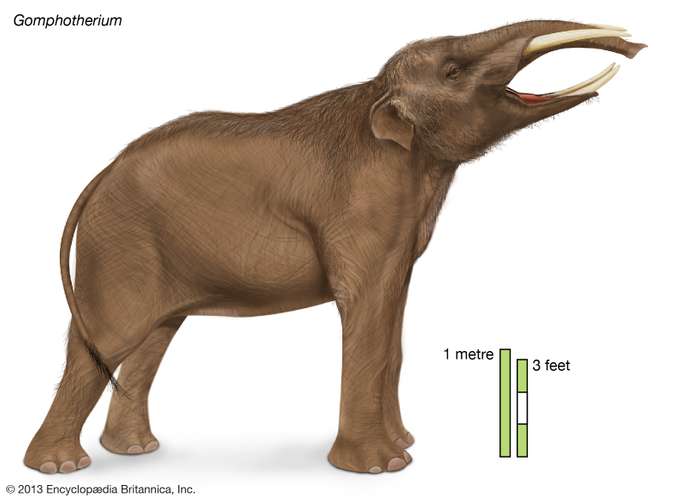
A couple of Hyaenids, Hyaenictitheriium and Lycyaena
A big cat Machairodus and below is size compared to man
Micromeryx, a deer with fangs
Pika’s
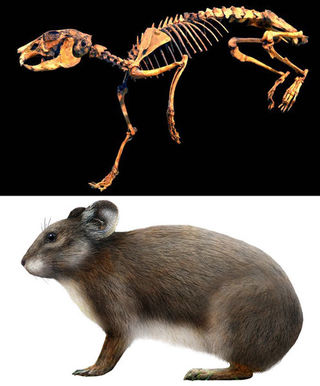
Baby hippos
A bovid lived in the Messinian sediments.


